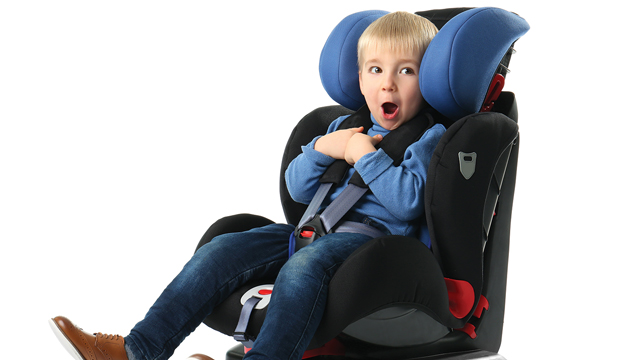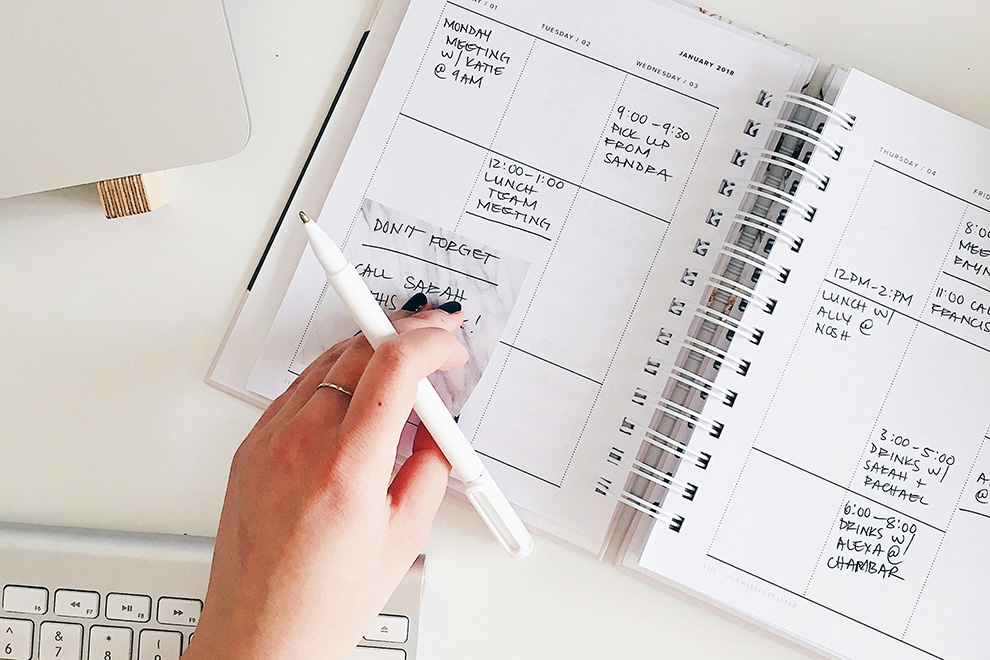The pandemic changed everything in 2020. Schools were closed, children’s activities were cancelled, and cars sat idle as families stayed home to stay safe. One important safety measure may have been overlooked during that time period: Many children may have outgrown their safety seats without anyone realizing it.
Car seats are made to grow with children as their height and weight changes. Seats need to be turned from rear-facing to forward-facing, straps should be raised and readjusted, and headrests should be extended. With parents and caregivers putting fewer miles on their cars and not transporting children as often during the pandemic, important safety adjustments may have gone unnoticed too.
According to Virginia’s DMV, between 2016 and 2019, 5,337 children under the age of eight were involved in vehicle crashes. That’s about four children each and every day. Buckling a child’s seatbelt or strapping them into a properly fitted, size-appropriate car seat is the single most important thing a parent or caregiver can do to protect a child
in a vehicle.
The National Highway Traffic Safety Administration (NHTSA) estimated three out of every four car seats were installed incorrectly. Parents don’t intend to install them wrong; it’s often confusion over the many pages of directions or a missed step in installation.
Here’s an overview of five common car seat mistakes:
1. Using restraint seats for older babies too soon.
The American Academy of Pediatrics (AAP) advises parents to keep their children’s car seat in the rear-facing position for as long as possible. Virginia state law requires children to remain rear-facing until age two or until they meet the minimum requirement for a forward-facing child seat. Parents frequently advance their children into the stage of safety restraint seats too soon.
2. Installing safety seats too loosely.
When a child safety seat is properly installed, it should not move more than one inch in any direction. Parents should use either the vehicle’s seat belt or LATCH system (stands for lower anchors and tethers for children) to secure the safety seat – but not both – unless approved by the vehicle and car seat manufacturers.
3. Adjusting seat harnesses incorrectly.
Safety seat harnesses should always be snug and lay flat without twists against your child’s body. Harnesses should be at or below the child’s shoulders when rear-facing and at or above the shoulders when forward-facing in order to hold the child’s body upright and against the seat. The chest clip should be positioned at armpit level.
4. Using add-ons with the safety seat.
If it didn’t come with the seat (or wasn’t purchased from the manufacturer to use with the seat), it wasn’t crash-tested with the seat. This means add-ons cannot be guaranteed to be safe and should not be used. This includes strap covers, mirrors, and toys.
5. Not replacing seats after a crash or using one without knowing its history.
Check your manual to see if the seat should be replaced even after a minor fender-bender and even if no child was in the seat at the time. Also, never buy a used car seat, and never accept a free used one unless you’re sure that it’s never been involved in a crash. Even if it looks okay, there may be damage that isn’t visible.
Do you need help installing a car seat? The Virginia Department of Health provides a list of certified child passenger safety technicians in your area who can offer guidance. You can learn more at vdh.virginia.gov.





